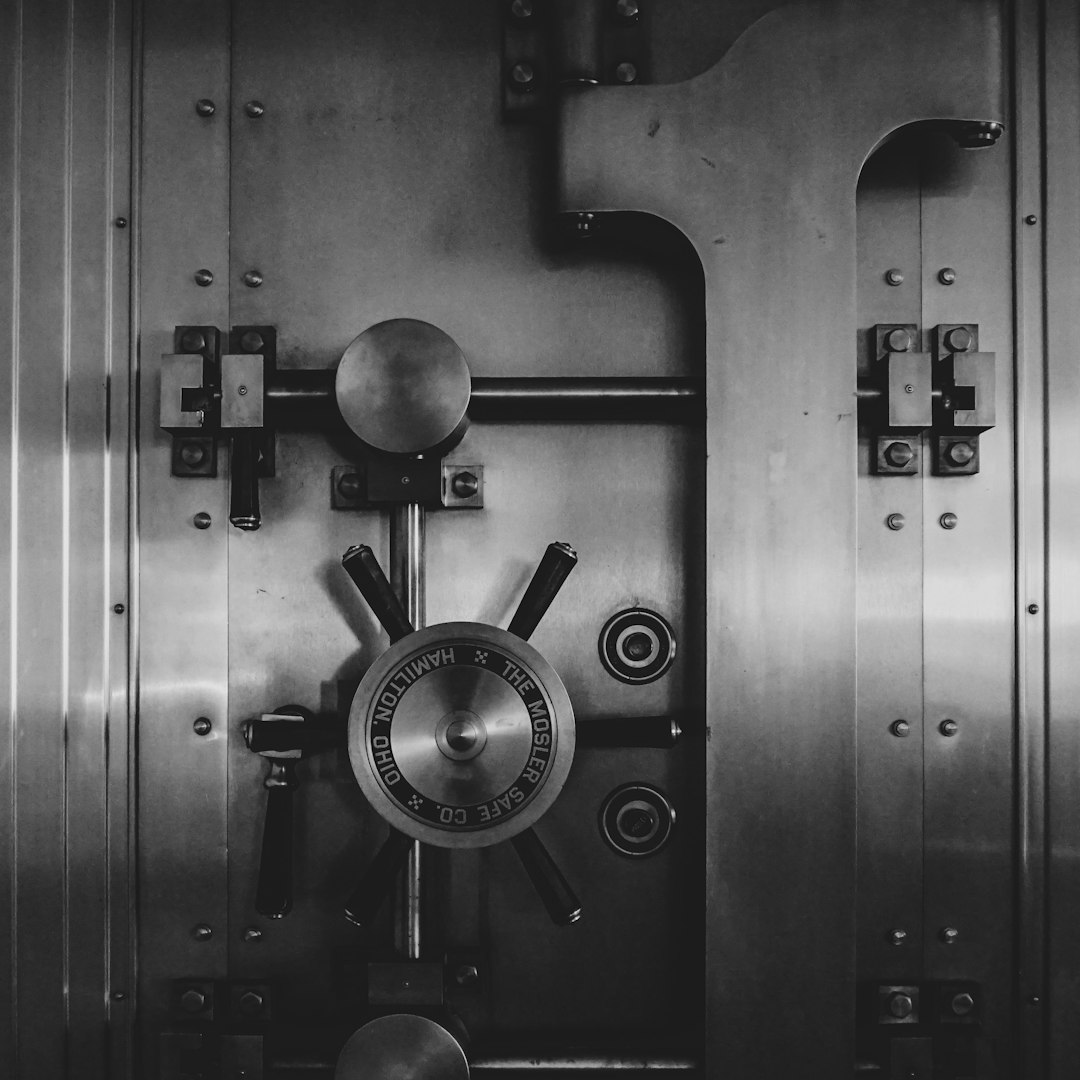
Many people struggle with opioid addiction, and ending their addiction can be an extremely difficult process. One of the biggest hurdles to ending opioid addiction is the withdrawal symptoms that occur when you stop using opioids. In order to overcome opioid addiction, you must go through the process of opioid detoxification. This page has all the info you need.
If you or a loved one is struggling with an opioid addiction, seeking treatment is crucial for long-term recovery. Nevertheless, the process of opioid detoxification may seem intimidating and deter certain people from seeking the necessary assistance. It is crucial to know what to expect during opioid detox and what withdrawal symptoms to watch for. See, this website has all the info you need to learn about this amazing product.
Opioid detox is the process of removing opioids from your body, and it is typically the first step in treating opioid addiction. Detoxification can be done in several ways, but the goal is always the same: to alleviate withdrawal symptoms and prepare the body for ongoing treatment. During detoxification, you may experience several symptoms as your body adjusts to the absence of opioids.
The symptoms of opioid withdrawal can range from mild to severe, and they can vary depending on the individual and the extent of their addiction. Common symptoms of opioid withdrawal include muscle pain, sweating, anxiety, insomnia, and diarrhea. Nausea, vomiting, abdominal cramping, and goosebumps may also occur. Just click here and check it out!
If you are undergoing opioid detoxification, it is essential to recognize that the withdrawal symptoms will eventually dissipate. Although the duration and severity of the symptoms may vary among individuals, they will become less intense and less frequent over time. Having support from loved ones or healthcare professionals during this time is also critical. They can offer assistance in coping with the symptoms and provide encouragement to persevere.
In addition to managing the symptoms of opioid withdrawal, it is essential to address the underlying addiction through ongoing treatment. This may include therapy, medication-assisted treatment, support groups, or a combination of these approaches. Collaborating with healthcare professionals to determine the most effective treatment plan for your individual requirements and creating a plan for long-term recovery is crucial.
It’s crucial to recognize that trying to detoxify from opioids without professional assistance can be hazardous and possibly fatal. Medical supervision during opioid detoxification is vital for controlling withdrawal symptoms and avoiding complications. This might involve the use of medications, such as methadone or buprenorphine, to alleviate withdrawal symptoms and prevent relapse. Moreover, counseling and behavioral therapy can be advantageous in tackling the psychological aspects of addiction and supporting long-term recovery.
In conclusion, opioid detoxification is an important step in overcoming opioid addiction, but it can be accompanied by unpleasant withdrawal symptoms. Having support during this time and addressing the underlying addiction through ongoing treatment are both critical. With the appropriate assistance and commitment, it is possible to conquer opioid addiction and achieve lasting recovery.